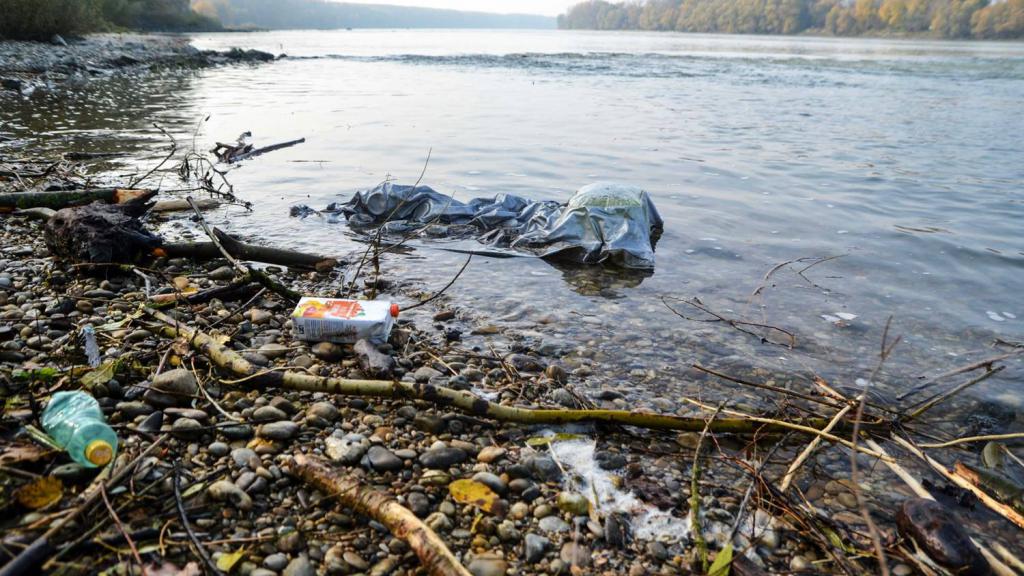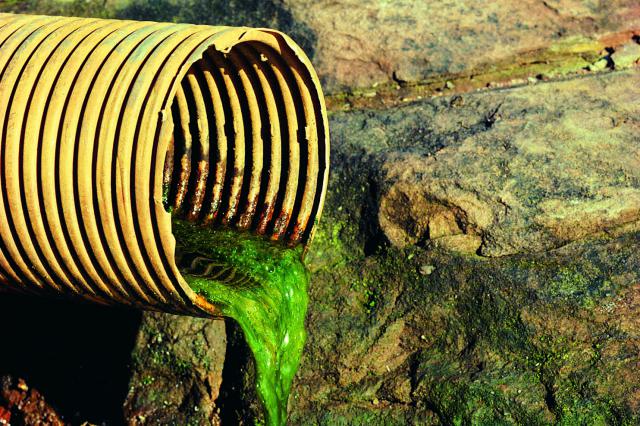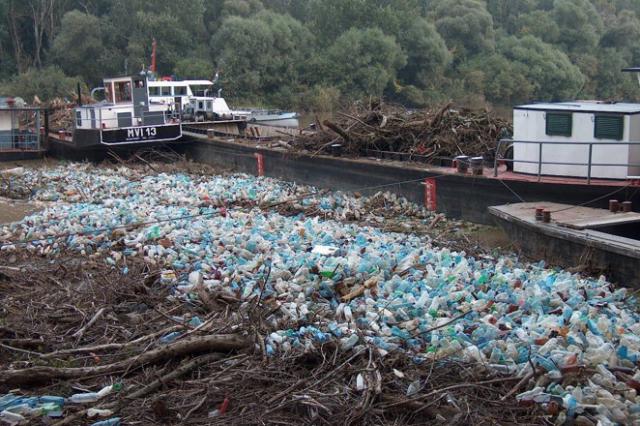Surface Water Pollution

The status of waters of the Danube River Basin is largely influenced by inputs of pollutants, particularly organic material, nutrients, hazardous substances and plastics. The ICPDR regularly updates specific emission inventories addressing both point source and diffuse emissions. The ICPDR also develops policy guidance documents providing recommendations for Danube countries on how to address pollution problems and the measures that need to be implemented in order to reduce emissions. In addition, the ICPDR supports capacity building activities on issues related to pollution control.
The status of water bodies in the Danube River Basin is largely influenced by the inputs of pollutants caused by human and natural activities - particularly organic material, nutrients, hazardous substances and plastics.
Organic pollution refers to the release of non-toxic organic substances that can be biologically decomposed by bacteria (to a high extent).
Nutrient pollution is caused by significant (releases) discharges of nitrogen and phosphorus into the aquatic environment.
Hazardous substances pollution refers to contamination (with) from harmful chemicals and substances of emerging concern that might be heavily toxic to or accumulative in living organism. They include both inorganic and organic micro-pollutants such as heavy metals, arsenic, cyanides, oil and its compounds, trihalomethanes, polycyclic aromatic hydrocarbons, per- and polyfluoroalkyl substances, surfactants, flame retardants, plasticizers, biphenyls, phenols, pesticides, haloalkanes, endocrine disruptors, pharmaceuticals, certain ingredients of personal care products, etc.
Plastic pollution is the accumulation and transport of (macro)plastic litter along and in surface waters and the contamination of waters with plastic microparticles.
To combat these forms of pollution, pollution control strategies and a program of measures addressing pollution must be designed in a harmonized, coordinated and integrated way, in full compliance with all relevant water acquis, in line with the pollution control hierarchy and addressing both point source and diffuse emissions. Source and pathway control measures to prevent and minimize pollution should be prioritized that can be accompanied by transport control measures and clean-up activities to further retain pollutant fluxes and remove accumulated pollutants. (this is far too long..)
New suggestion
What does the ICPDR do?
Pollution inventories
One of the challenges of the ICPDR is to design comprehensive and transparent emission inventories (urban wastewater, industrial wastewater, nutrient emissions, hazardous substances emissions, plastic accumulation) that allow analysing pollution hot-spots and patterns, support pollution monitoring efforts, facilitate the improvement of environmental performances and enable assessing management and climate change scenarios. The inventories are databases and modelling tools developed based on high quality criteria ensuring accuracy, completeness, consistency and comparability of the data and methods. The inventories serve as key tools for assessing basin-wide pollution figures, regional hot-spots, pollutant river loads and impacts of management interventions and climate change impacts on pollution and they provide inputs to the basin-wide river basin management plans. Moreover, the inventories are valuable technical tools for decision-makers, researchers and the general public.
Guidance documents
Guidance documents help Danube countries shaping their national policies and regulations concerning water pollution by providing them with a policy framework based on a set of common principles and recommended actions. Danube countries are encouraged to integrate their policies into the framework according to their territorial conditions and needs.
Capacity building
Workshops, seminars and training courses provide a great opportunity for experts and professionals in water management to exchange knowledge, share experiences and transfer know-how on technical aspects of pollution control.
Hazardous Substances
Hazardous substances can remain in the environment for a very long time, and harm ecosystems and hum...
Nutrients
The nutrient levels, notably phosphorus and nitrogen, found in the Danube River and its major tribut...
Organic Matter
Organic pollution has been on the rise in the Danube over the last century, as human activities have...
Plastics
Evidence on plastic pollution has already been gathered in both the freshwater systems and the marin...









